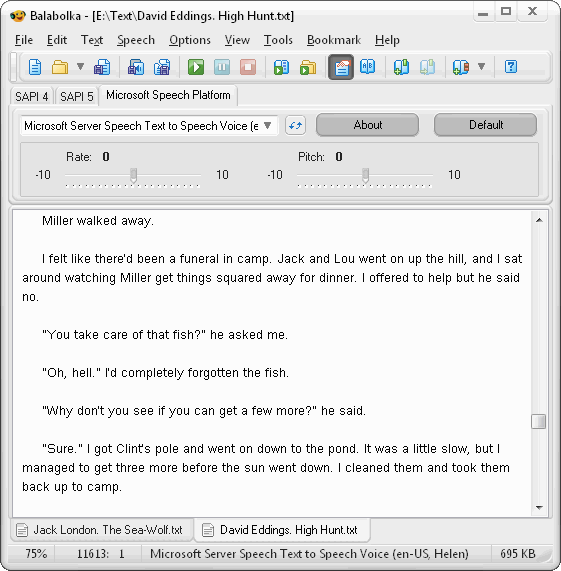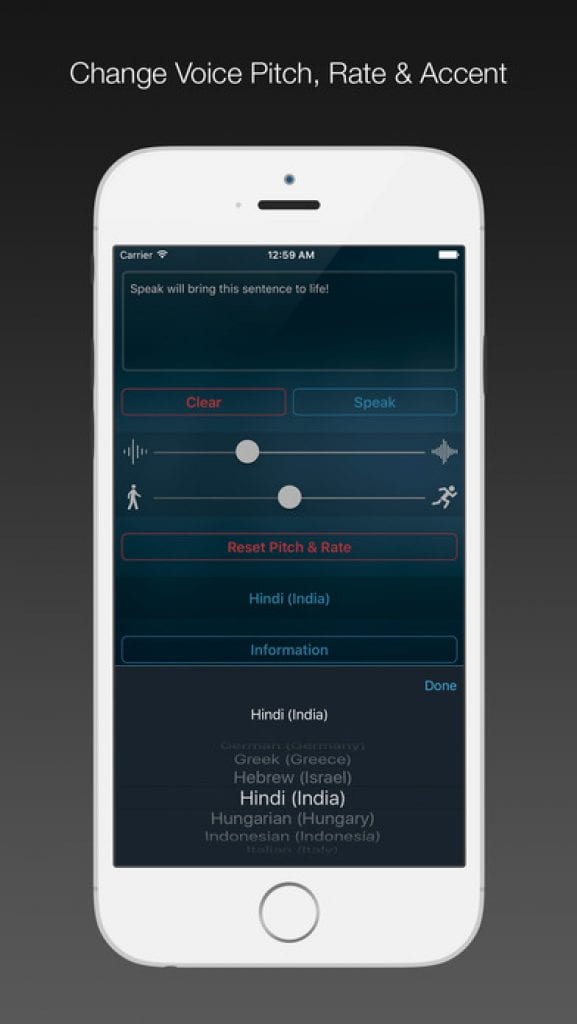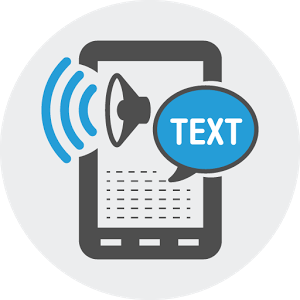

Speech recognition has advanced to the point where it can recognize and process children’s speech and account for differences in accents or dialects. Nor had it evolved to grasp the complexity of children’s voices, which have different pitches and speech patterns than those of adults, much less recognize a variety of dialects and accents, and - last but not least - manage children’s less-than-predictable behaviors when engaging with technology.Īt Scholastic, we didn’t want to tell kids they were mastering something when they weren’t, and we understood the profound implications of telling a young student they got something wrong when they were actually right.įast forward to today. Even at the height of the dot-com bubble, speech recognition for classrooms was still largely the stuff of science fiction.Īrtificial intelligence and machine learning hadn’t enabled us to map the terabytes of data required to block out ambient noise in busy classrooms. Unfortunately, our idea was 20 years ahead of the technology, and we moved ahead with READ 180 without speech-recognition capabilities. Teachers, in turn, would receive information about their students’ progress.

We’d hoped to incorporate voice-enabled capabilities: Children would read to a computer program, which would provide real-time feedback on their fluency and literacy. That wasn’t the case back in 1999, when my colleagues at Scholastic Education and I launched a reading intervention program called READ 180. Speech recognition technology is finally working for kids.

Margery Mayer served for 25 years as president of education at Scholastic.


 0 kommentar(er)
0 kommentar(er)
